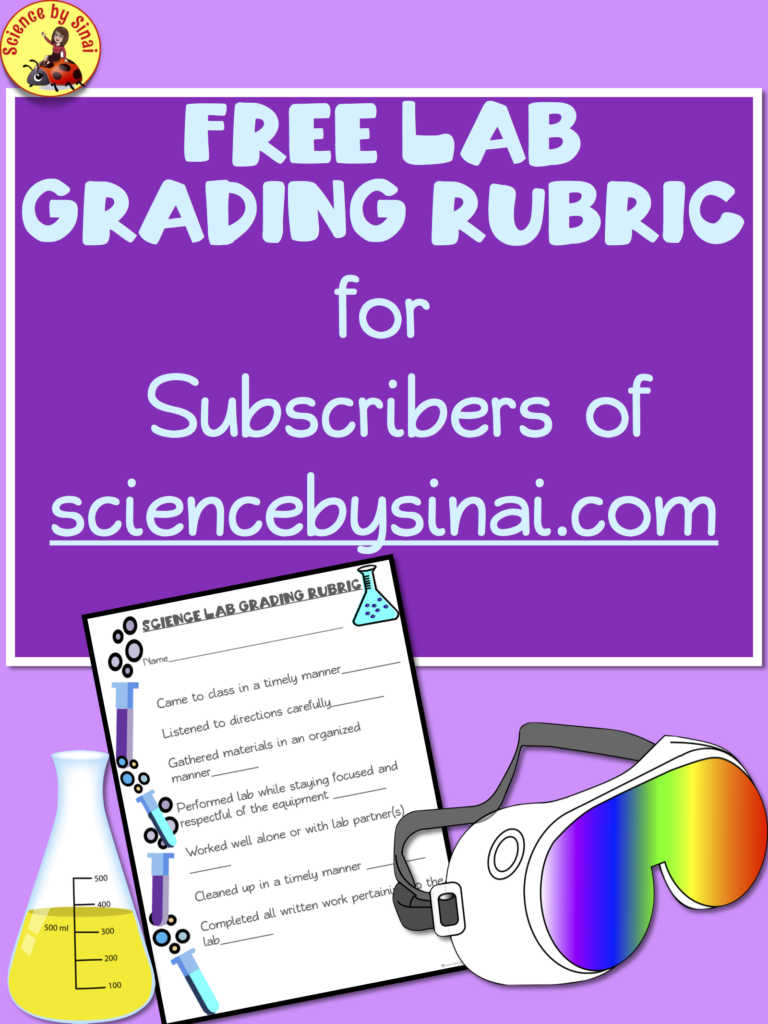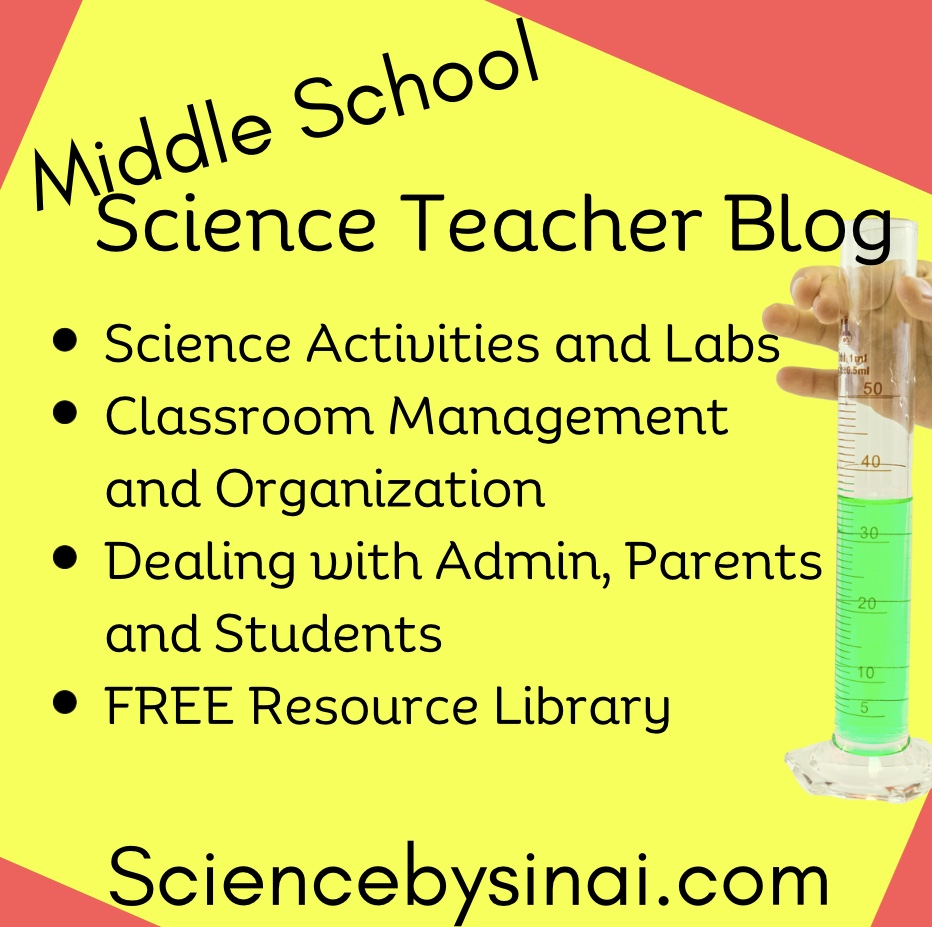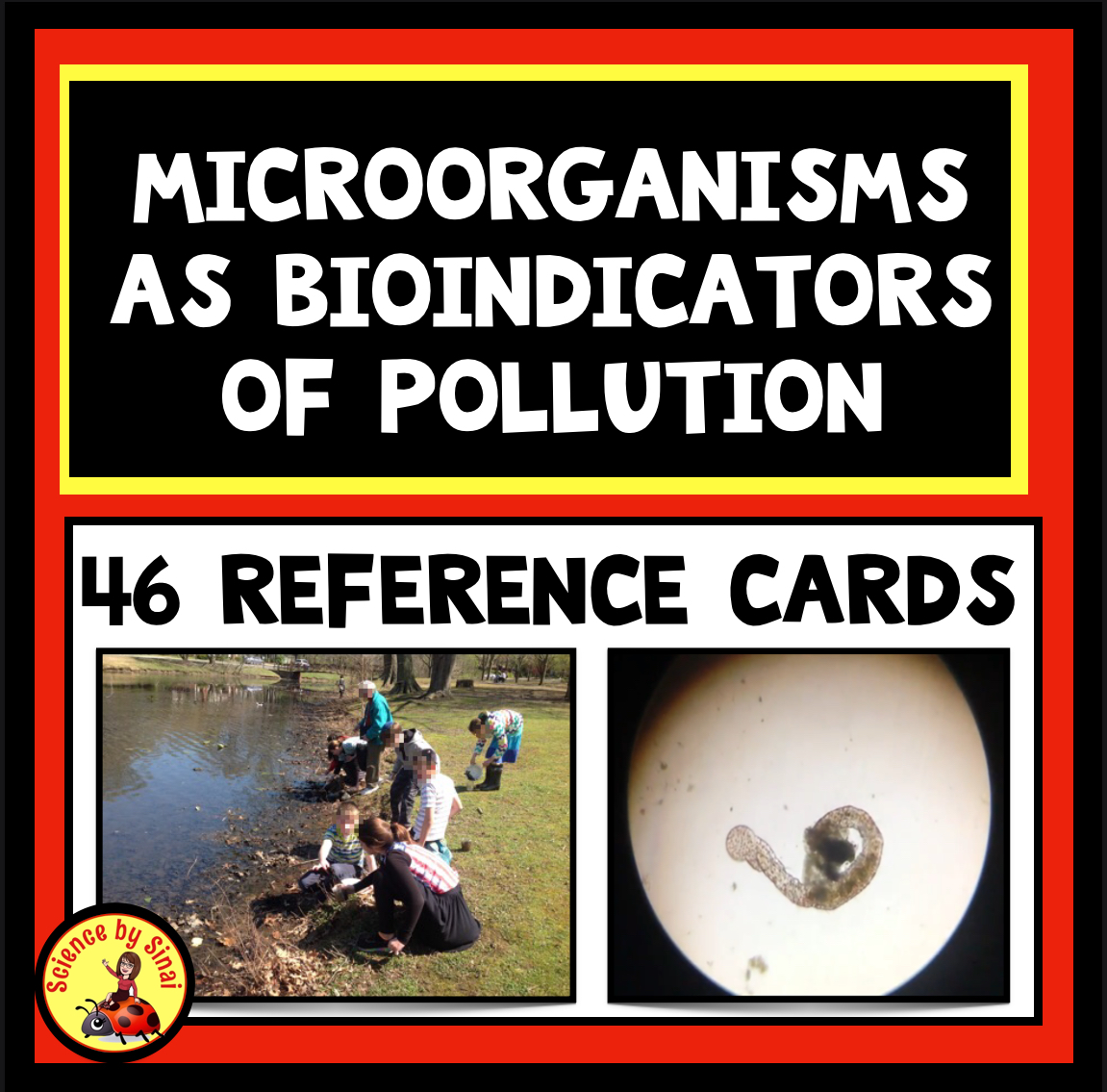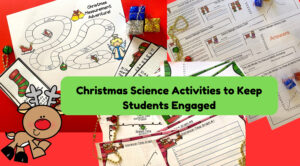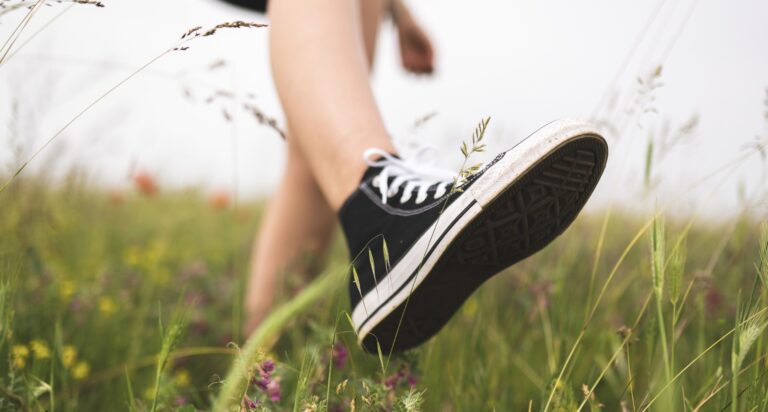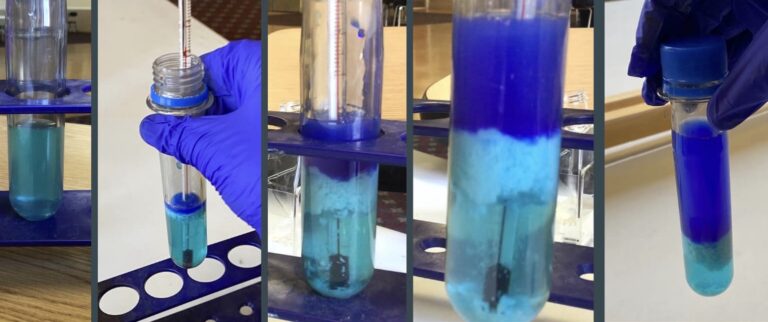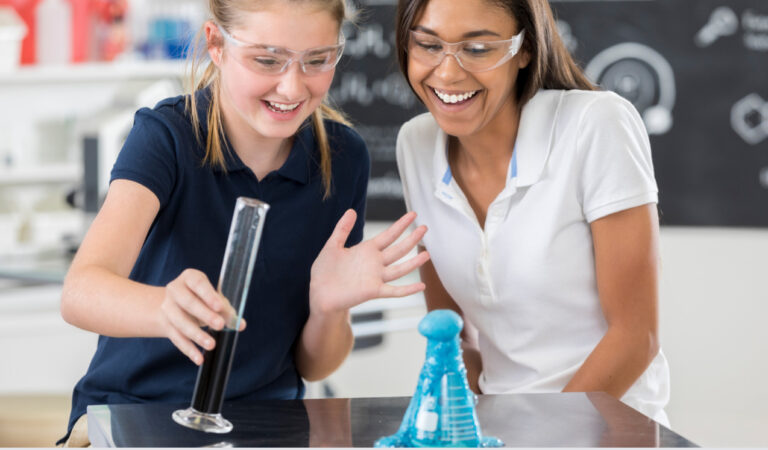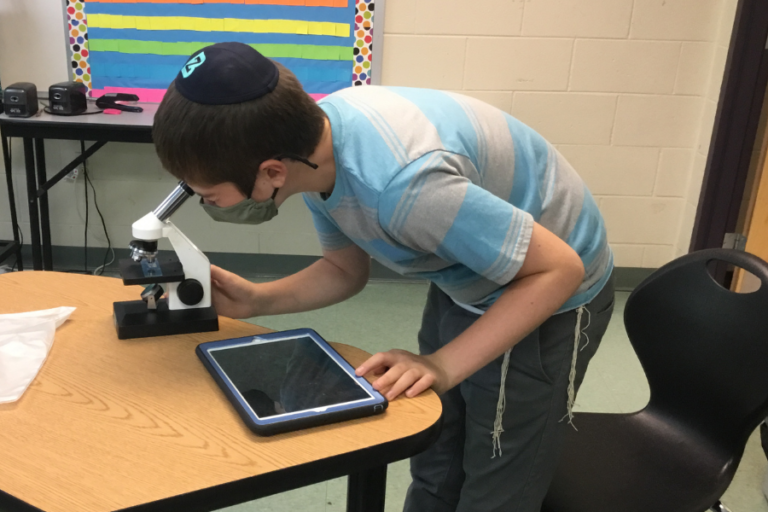10 Ways to Assess Students in the Science Classroom
It’s not so easy to assess students in the science classroom since it is not as straightforward as other subjects. Students are actively working out of their seats, working on projects and following procedures.
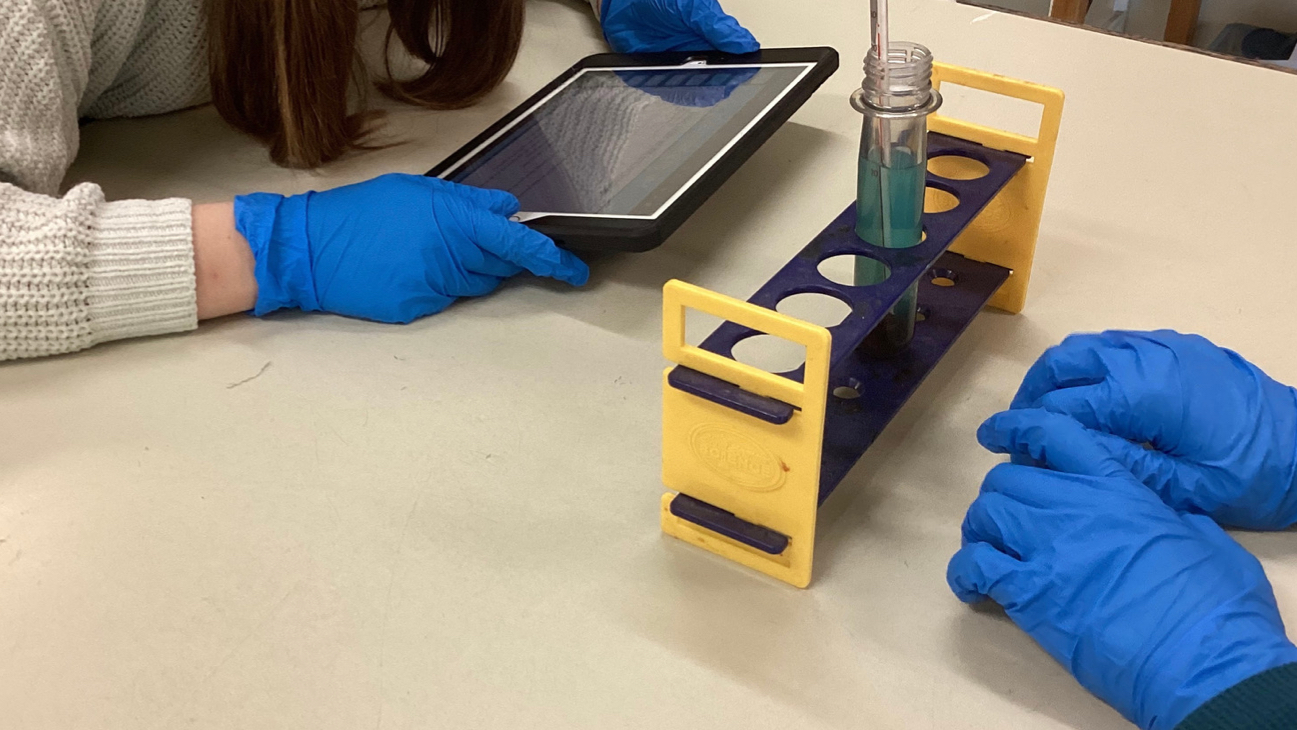
10 Ways to Assess Students in the Science Classroom
Updated December 2023
I am a strong believer in multiple ways to gather data on each individual child. Many students are not always able to succeed with a traditional written test format. Those same students can be your best critical thinkers, most creative at working on projects and participate all the time! Here are ten ways that you can assess students in the science classroom.
1.Lab Behavior and Participation
When you observe the students during lab activities, are they engaged? Are they collaborating with their peers? Are they being safe? I have a lab rubric posted in the front of the room. If I feel like the behavior is slipping a bit, I will distribute it in the beginning of the lab and fill them out. It’s a friendly reminder that they are being watched.
Note: If you have not modeled the proper behavior in a laboratory situation, at the beginning of the school year, then you cannot have expectations from a rubric that is simply hanging on the wall. Students should understand how to clean up and know their responsibilities during the lab and after the lab is completed.
2.Organized Lab Data Presentations
Have you thought through the lab and put together organized, structured instructions and data charts that guide students through organizing their experimental results? This helps the students be assessed as they accurately record data, create tables or graphs and present information in an organized way.
If you give verbal directions and ask students to “make their own charts”, while hoping for the best, the results will most likely not be satisfactory. That being said, if you have guided them many times through the process, then they should be able to create their own data collection formats.
Grading does not always need to fall on you. Peer review is a great way for two students to exchange and evaluate each other’s data.
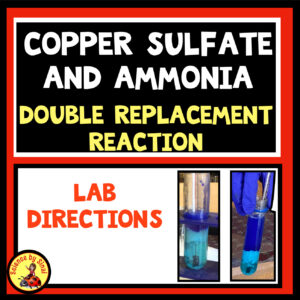
3.Conclusion Writing
I tell my students that out of an entire lab report, 85% of the grade comes from the conclusion section. I explain that everyone in the room is able to write a hypothesis, procedure, materials and so on. However, the conclusion section is where they explain WHY the results happened, what the data represented, and any discrepancies they may have run into.
During several of my labs I help students scaffold the writing part of the conclusions by setting up reflection questions. I tell them that I don’t want to see my actual questions in their conclusion, but the points that I address should be covered. This gives them a starting point as to what should be discussed. Later, I have them come up with their own reflection questions during a lab and then they work from those to write their conclusions.
4.Understanding Concepts and Related Vocabulary
Concept mapping is a really good way to have the students visually represent the relationships between specific vocabulary words and the associated scientific concepts. This is why I love to use matching game cards for the students to use independently or with others to reinforce what we have covered.
Gamifying your classroom with interactive activities is a great way to evaluate vocabulary and concept retention. Students get completely engaged, and even competitive, and don’t even realize that they are learning. I use the matching card games, dice roll games and game boards to reinforce and review concepts in fun ways. As you walk around the room, you’ll get a very good idea as to how much retention the students have and which areas need to be reinforced.
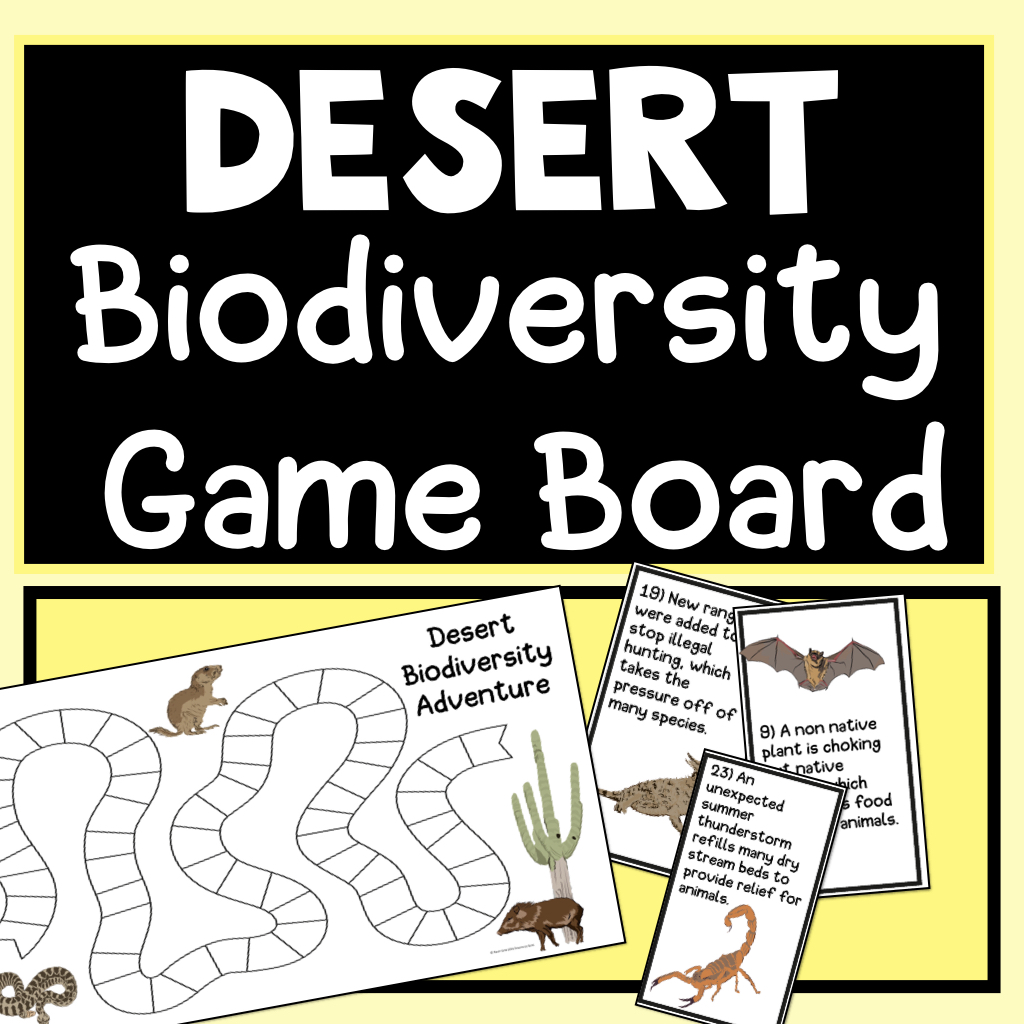
5.Conceptual Projects
Projects that require students to really understand the scientific concept in depth are by far my favorite way of assessing the students. When I’m teaching electricity and circuits, I could easily put down drawings, in a test format, and have them determine which are parallel, series, open or closed circuits. However, if I have them design an arcade game, that we all want to play, then they spend days working with circuits, understanding insulation and conductivity. There is absolutely no reason to give them a test after all of that real world application.
This holds true for designing magnet mazes, Rube Goldberg machines, water filters, and water wheels. We also have life science activities such as designing a symbiotic relationship, inventing an animal or coming up with a new method of seed dispersal. Students are so immersed in the process that they don’t realize they are learning as they go!
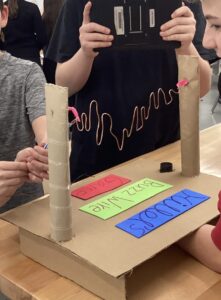
6.Collaborative Projects
For the major STEM projects I have the students working in groups. Students can be assessed not only on their individual contributions but also on their ability to work effectively within a team. They have to show skills in communication, cooperation and shared problem-solving. I give them rubrics each day that they fill out for themselves for self assessment. I also fill the rubrics out so students understand how important these skills really are.
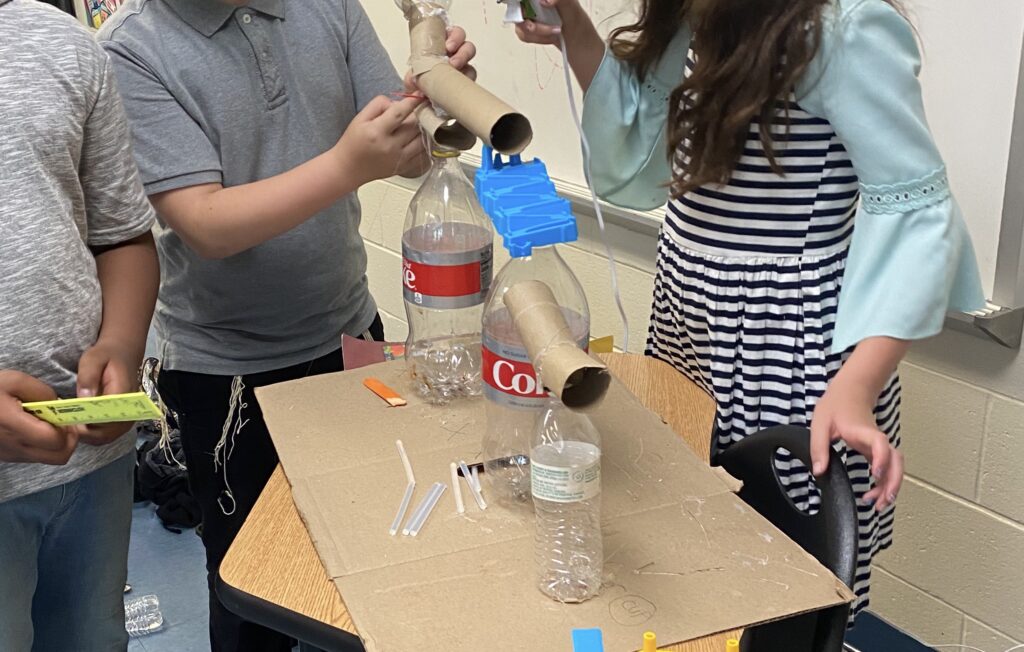
7.Science Journals
Science notebooks should be used for students to pause and reflect on what they have done in class, or learned during an activity. When it comes to writing down the concepts, students may realize that there are areas of confusion that need to be addressed. This usually leads to great discussions as we share this in the classroom.
8.Interactive Demonstrations
Having the students do their own demonstrations for the class involves them owning the material before they can give it over to the rest of us. They learn the ability to communicate difficult ideas and to have confidence to answer questions about the concept. I have had students choose body systems, specific diseases or environmental events to present to the class. It is a great way to start or finish a unit. It also brings out their creativity as they can use video or other mediums to help present their ideas.
9.Formative Assessments
Using quick checks or exit tickets, as formative assessments, can help you gauge students’ understanding at the end of the lesson. I particularly like to use them after I’ve done some lecturing. It gives real time feedback and lets me know what I need to cover more thoroughly during the following class. Misconceptions will come up immediately. If one student doesn’t understand, there are usually several others that are in the same boat.
10.Inquiry-Based Projects
Open-ended investigations let the students take ownership of their learning which is something I really like. One example is we get water from a local pond and observe the microorganisms for about a week under microscopes. The students use the populations that they discover to determine the health of the water. The microorganisms act as bioindicators based on their different tolerances of pollution. The students look at the pond, which is in their neighborhood, and come up with a hypothesis as to whether or not it is “healthy”.
Conclusion
There are so many ways to assess students in the science classroom which makes it easier for an individual student to succeed. By using a multifaceted approach, we help students acquire lab skills, learn how to be collaborative and to apply science concepts into their lives.
We’re not only measuring knowledge. We are also encouraging critical thinking and curiosity without the stress of studying for heavy, traditional exams. We want the students to have a love for science and learning rather than dreading volumes of concepts and vocabulary thrown at them.
Please check out my other blog posts on this website where I bring my over 30 years of teaching middle school science into ideas for classroom management, lesson planning, discipline,etc. I also have many posts on teaching life, earth, physical, environmental and chemical science. I am always here to help if you have individual questions.


